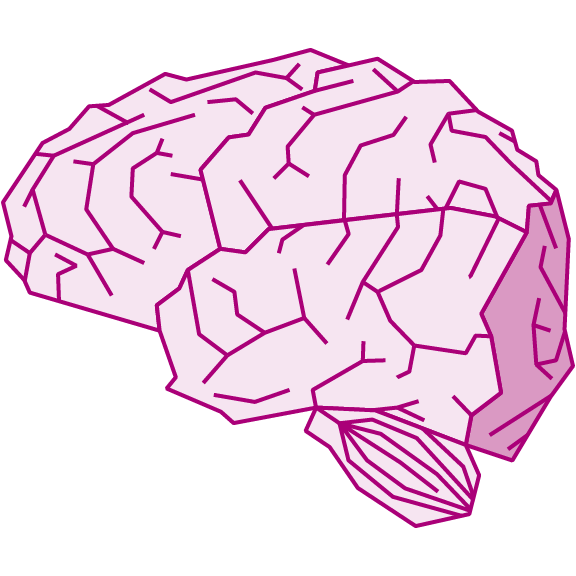What we wanted to know
We’re at a tipping point in retail history. Businesses in nearly every sector have accelerated their digital transformation to adjust to the ‘new normal’ and meet growing demand for online shopping. Latest figures show that over 85,000 businesses in the UK moved online during the pandemic alone.
But, merely existing online doesn’t automatically lead to success. In a world where you never see your customer face-to-face, there are numerous hurdles to clear. So in order for online retailers to thrive in this new world, up against fierce competition and other external forces dictating the global economy, the pressure to up their game is on.
How do online retailers go about emulating the quality of service and goods that people get in store, while providing a seamless experience cart-to-door?
To answer this all-important question, we wanted to get inside the minds of consumers and understand how they tick. Specifically we tracked how the human brain responds to common online shopping frustrations.
How we did it
We teamed up with the psychology department at Goldsmiths University and renowned neuroscientist, and author of Sort Your Brain Out, Dr Jack Lewis to measure how our brains and our bodies respond to online shopping experiences.
The first-of-its-kind pilot study presented consumers with 36 scenarios - half detailing online retail experiences, and half everyday occurrences like dropping a bin bag or getting stuck in traffic. The team of experts assessed responses using an electroencephalogram (EEG)*, an electrocardiogram (ECG)** and self reported data, before ranking them in order - from most to least frustrating - based on the strength of the participant’s reactions.
What we found was fascinating.
The key findings
Our scientists observed that the most annoying everyday retail scenarios were just as frustrating as irritating non-retail situations. For example, hearing that an address error had led to a hotly anticipated parcel being returned to the depot, were rated as highly as having a bike stolen or being knocked off the internet before a vitally important work video call.
Why is this important? The science shows that online shopping spurs reactions in exactly the same brain centres as everyday frustrations. What’s more, the EEG imaging revealed that these highly frustrating online retail experiences produced “strong frontal alpha asymmetry” in the brain - that’s a sign of repulsion. Yes, repulsion!
As Dr Jack explains, “The avoidance signals observed through EEG suggest that retail frustrations produce a revulsion response - so it would seem highly likely that this would deter participants from putting themselves in a similar situation in the future.”

The most frustrating online shopping scenario was a delivery arriving too late for that important event despite paying extra to receive it on time.
Spending an hour queuing for tickets online for it to be cut out and a driver not being able to find your address came a close second and third respectively.
The business consequences of these kinds of poor experiences cannot be underestimated. Research conducted by Loqate found that two in five Britons (44%) would never return to a retailer with a bad online checkout experience.
Explore the rest of the research here.
How does the brain work?
Frontal lobe
This part of the brain helps us to:
- Plan goals
- Get organised
- Communicate
- Make decisions
- Initiate actions
Parietal lobe
This part of the brain gives us our:
- Sense of touch
- Spatial awareness
- Sensory integration
- Calculation
Occipital lobe
This part of the brain creates visual experience from the light that strikes the retina at the back of the eye. So put simply - it's responsible for our vision.
Temporal lobe
This part of the brain is responsible for our:
- Hearing
- Emotions
- Memory
- Navigation




